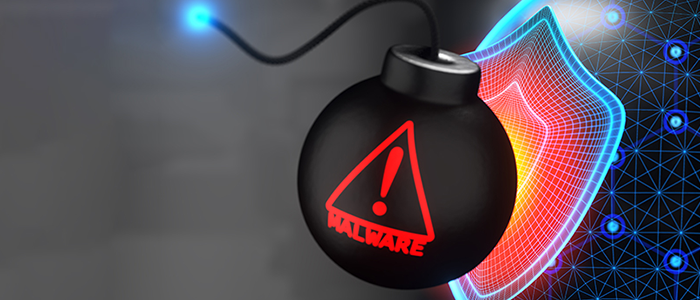What is Malware?: Malware Explained
Cybercrime is on the rise—and malware remains one of the most dangerous tools in a hacker’s arsenal. While many people think of malware simply as “a virus,” it’s actually an umbrella term that encompasses a wide range of malicious software designed to infiltrate, damage, or control devices, networks, and systems.
Whether it’s to steal data, extort money, or disrupt operations, the motives behind malware are as varied as the types of malware themselves. In this guide, we’ll break down what malware really is, explore its common types, and explain how you can protect your business with modern cybersecurity best practices.
What Is Malware?
Malware stands for malicious software. It refers to any program or file designed to intentionally harm a computer, network, or user. The goals of malware often include data theft, system damage, espionage, or monetary extortion.
“The program with a personality
It will get on all your disks
It will infiltrate your chips
Yes it’s Cloner!
It will stick to you like glue
It will modify RAM too
Send in the Cloner!”
This light-hearted poem from the early 1980s reflects malware’s origins. Unfortunately, today’s cyber threats are far more sophisticated and malicious.
Common Types of Malware
1. Viruses
Viruses attach themselves to host programs and activate when the user takes a specific action, such as opening an infected file. Once activated, they can steal data, corrupt systems, and log keystrokes.
2. Worms
Worms replicate and spread without user interaction. They exploit vulnerabilities in software to infect systems and networks—often causing widespread damage.
3. Trojan Horses
Disguised as legitimate software, trojans trick users into installing them. Once inside, they can open backdoors for other malware or steal sensitive data.
4. Adware
This malware floods your device with unwanted ads. While some adware is just annoying, others serve as gateways for more serious threats.
5. Keyloggers
Keyloggers track everything you type—especially passwords and financial data—then send it to attackers who can access your accounts or steal your identity.
6. Ransomware
Ransomware locks your data and demands payment to release it. It’s one of the most devastating types of malware and has made headlines for crippling businesses, hospitals, and municipalities.

Why Businesses Must Take Malware Seriously
Even a single malware infection can lead to:
- Data breaches
- Reputational damage
- Financial losses
- Compliance violations
How to Protect Your Business from Malware
Basic antivirus software is no longer enough. Businesses should consider:
- Advanced endpoint protection like EDR (Endpoint Detection and Response)
- Multi-layered cybersecurity solutions
- Regular employee training to prevent phishing and social engineering attacks
- Routine data backups with secure off-site or cloud storage
Partner with a Cybersecurity Expert
A Managed Service Provider (MSP) like Tobin Solutions offers expert-level protection tailored to small and mid-sized businesses. We can assess your risks, implement strong defenses, and monitor threats 24/7—so you can focus on your business.
Contact Tobin Solutions today to discuss malware protection and comprehensive cybersecurity strategies for your business.
© 2025 Tobin Solutions. All rights reserved.
